What about the tip of Chlorophytum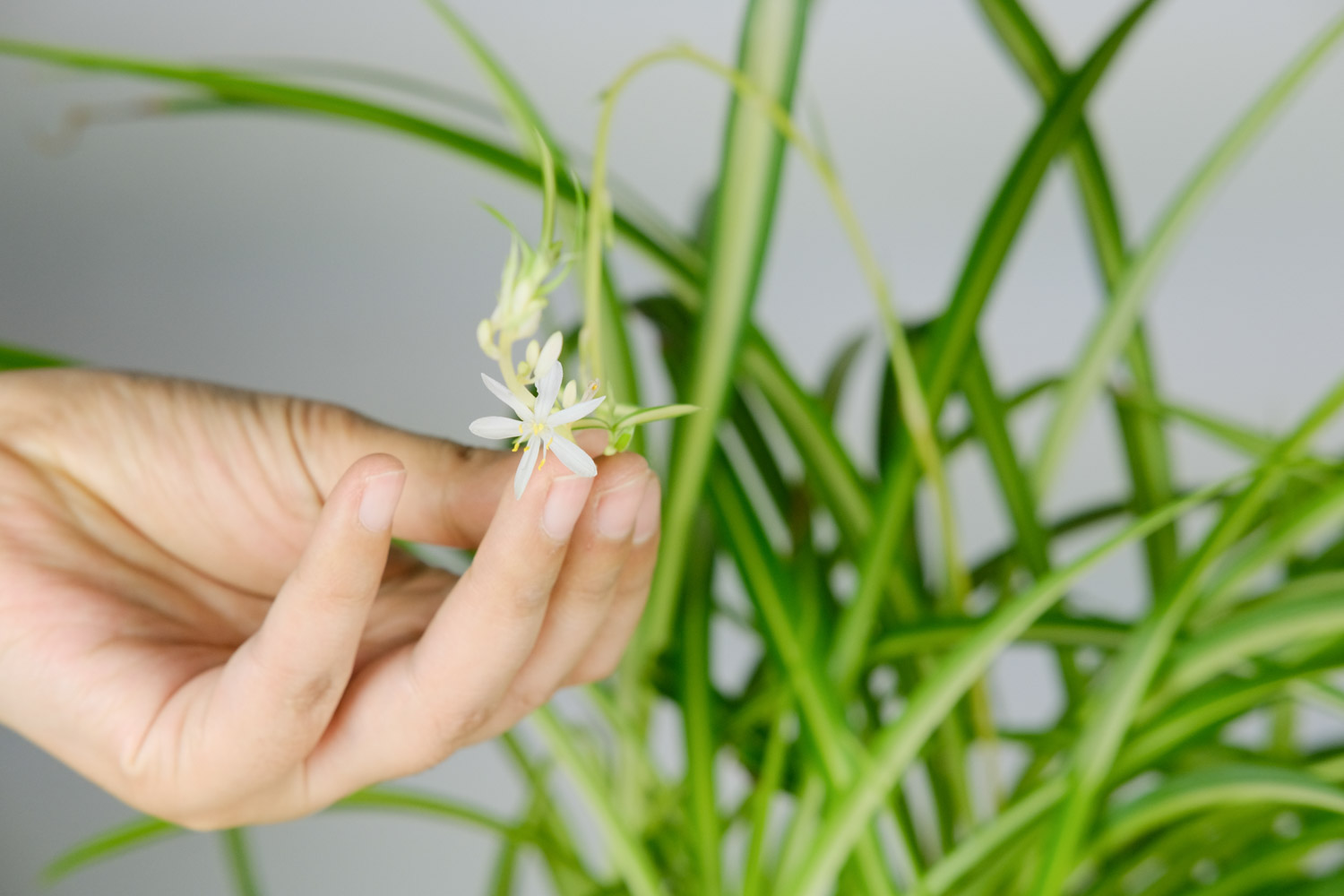
Solution:

1. Cut off the dry place with scissors
2. Put it in a cool and ventilated place, such as the North-South transparent living room, or the North terrace with windows
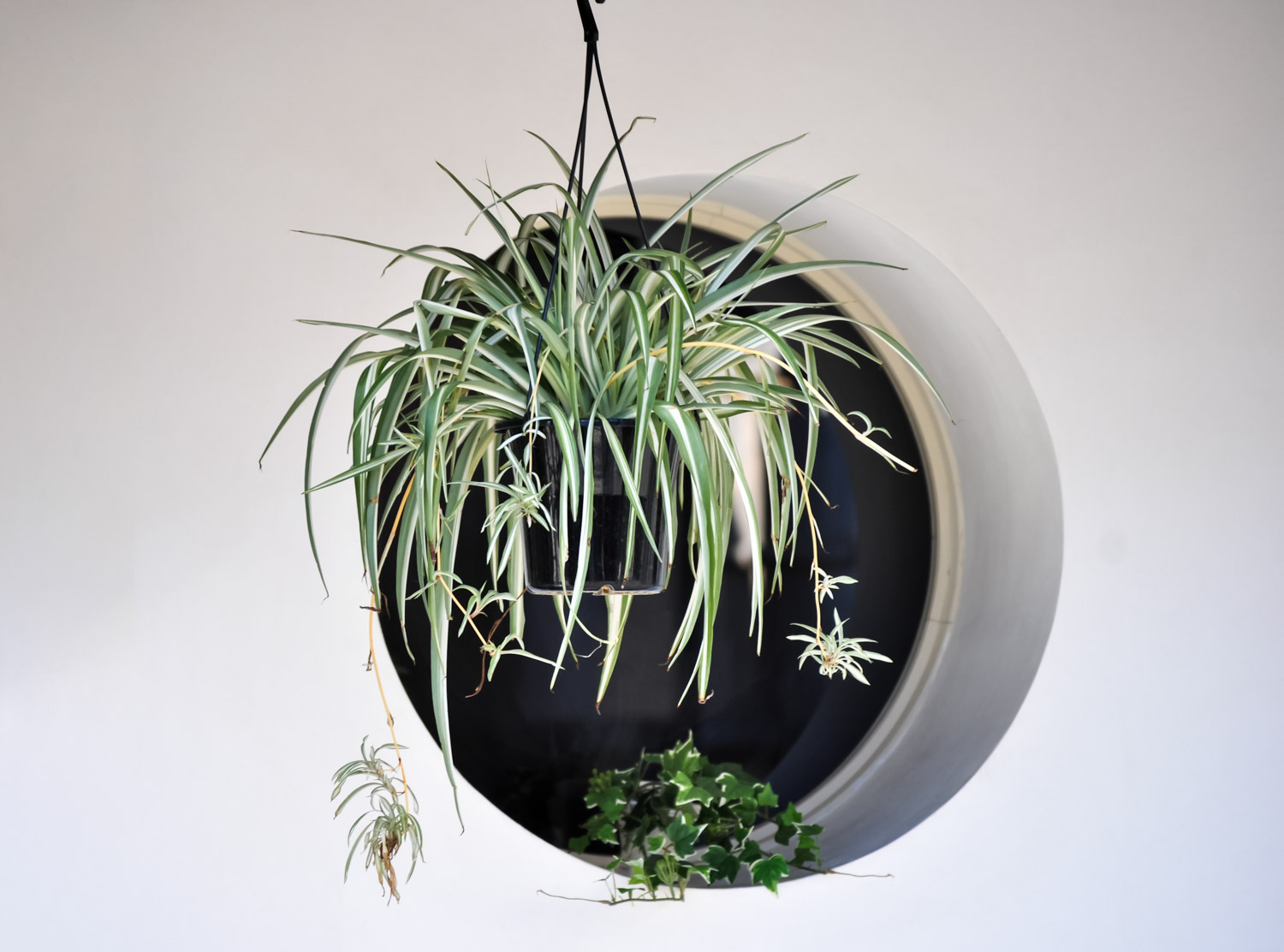
3. Spray water on the leaves of Chlorophytum and the surrounding ground every morning and evening to increase air humidity
4. Watering shall be timely, and watering shall be conducted once in about 3 ~ 5 days
How does Chlorophytum leaf turn yellow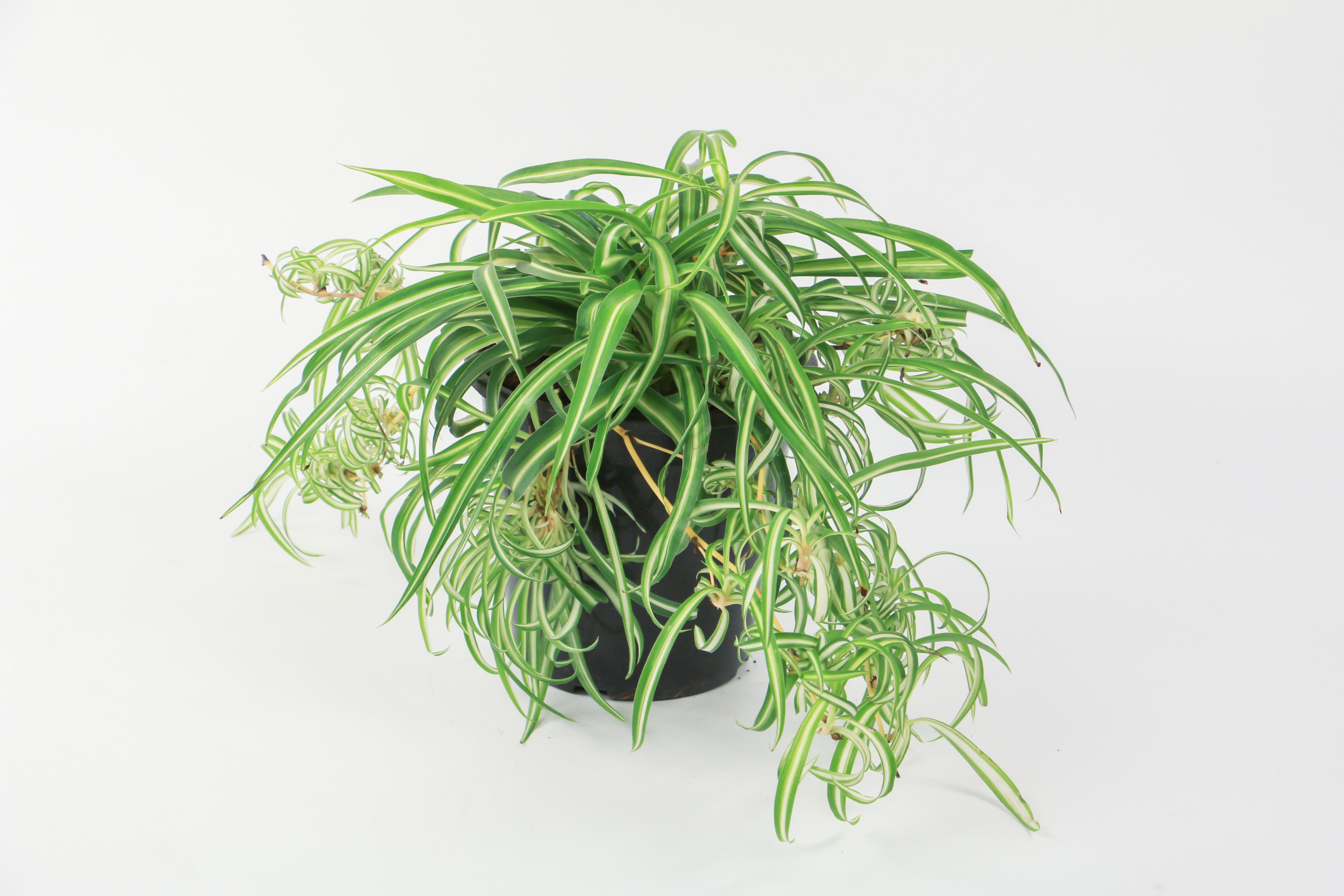
Solution:

1. Cut off all the yellow leaves of Chlorophytum
2. Think carefully about whether there has been fertilization recently. If there is fertilization, water it with clean water and let the excess fertilizer flow down the small hole at the bottom. Generally, it is almost enough to pour it 2 ~ 3 times
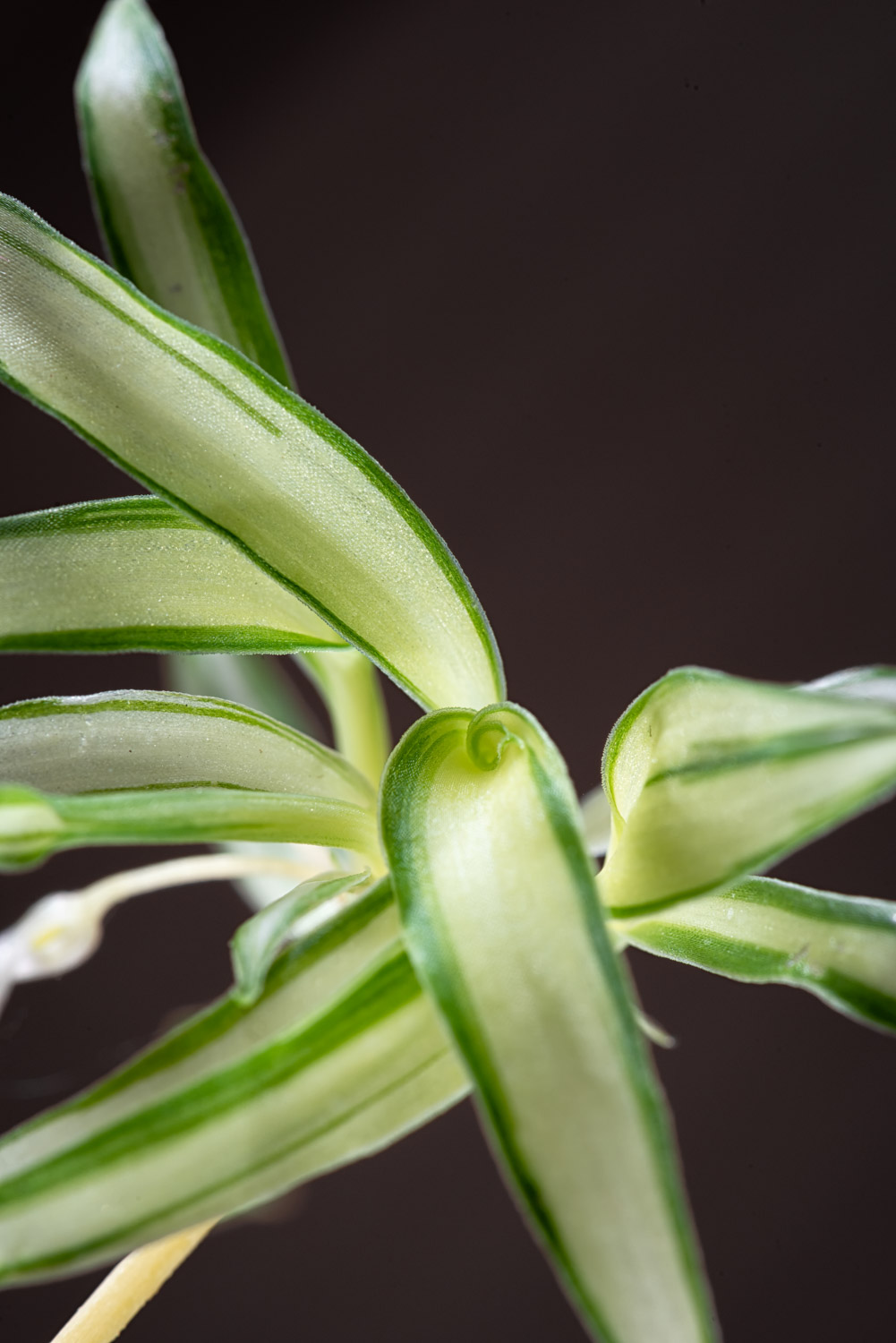
3. If there is no fertilization, check whether the soil is very wet. Think back to your recent watering frequency. Generally, it is watered once every 1 ~ 3 days. It must be watered too much. Loosen the soil for Chlorophytum and put it in nanyangtai and other places with good ventilation and light to speed up water evaporation
4. If you haven't watered it for 1-2 weeks, it must be short of water. Just water it through and see the water flowing out of the small hole below
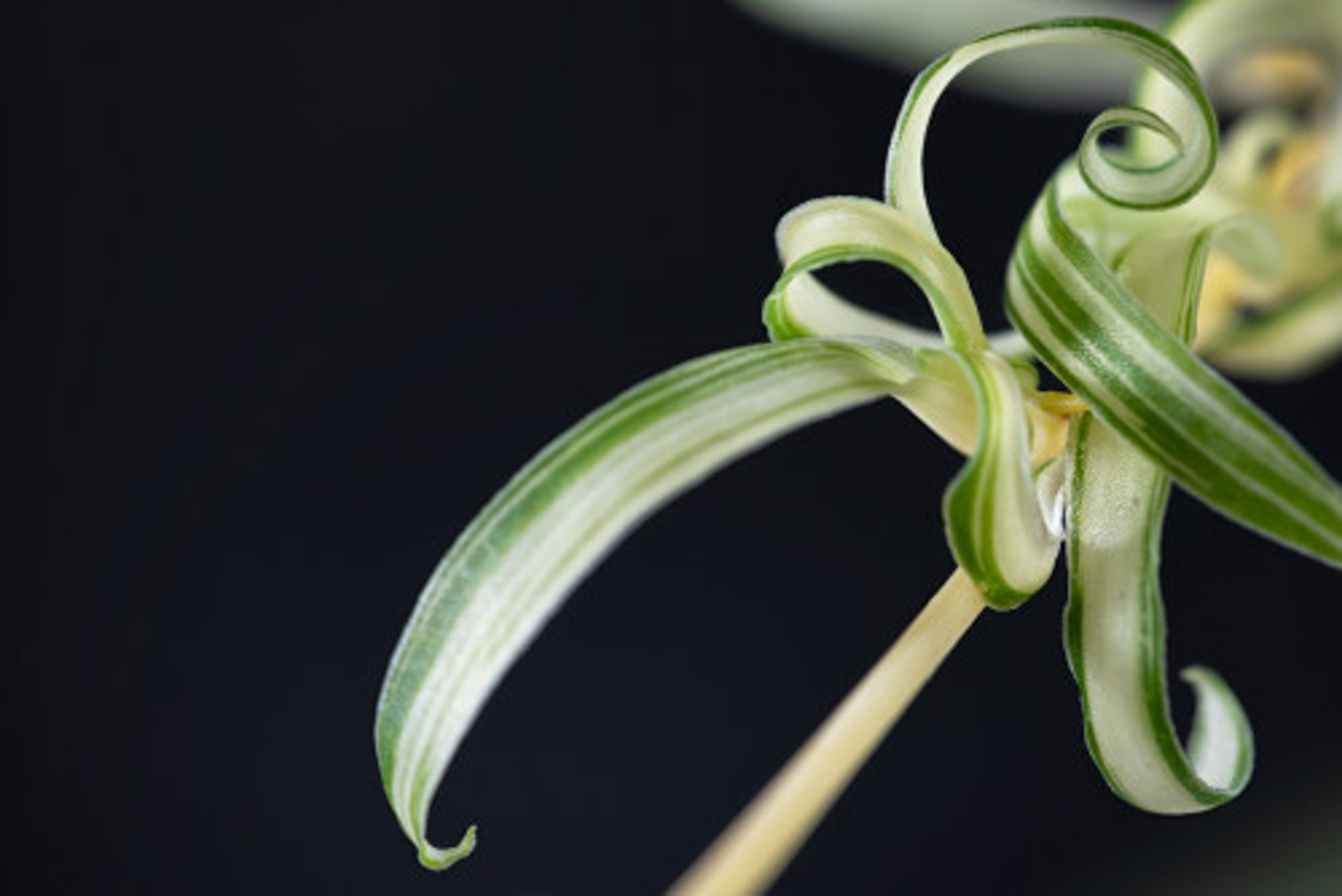
5. Then check the environment of Chlorophytum, which may also be caused by poor lighting. For example, particularly dark places such as the bathroom, as well as exposure to the open sun, will cause the leaves of Chlorophytum to turn yellow
Chlorophytum is more suitable for places with good light scattering, such as living room, or balcony across glass, etc
How does Chlorophytum wilt
1. The most suitable way to cure wilting is to shave the head again
When shaving, start from about 3-4cm on the surface of the basin soil, cut off all the leaves on it and cut it into the one shown in the figure below
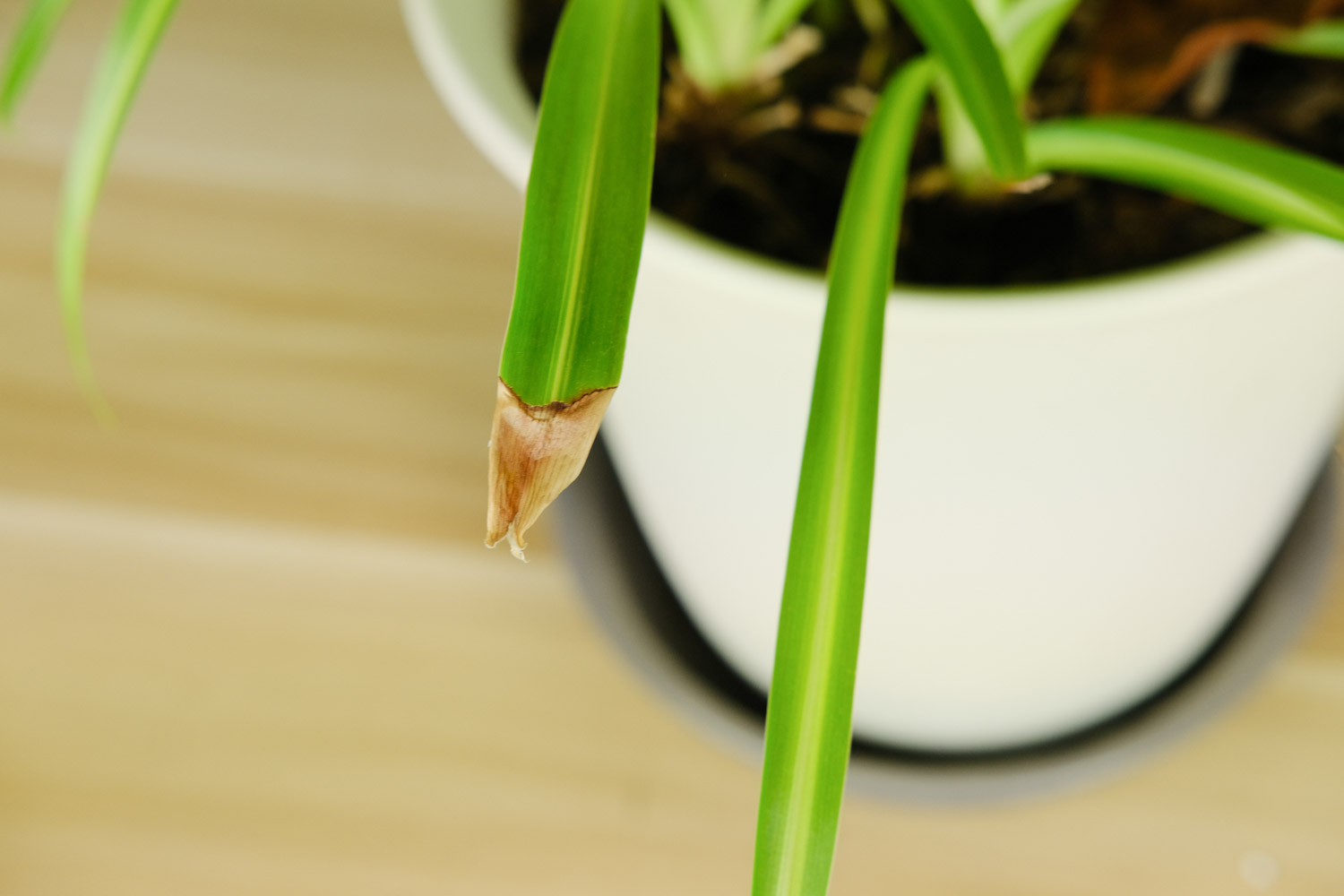
2. After shaving, place the Chlorophytum in a cool place indoors for maintenance. Do not direct sunlight and keep the soil moist. If it was raised in the open air before, it's best to put it indoors during this period of time
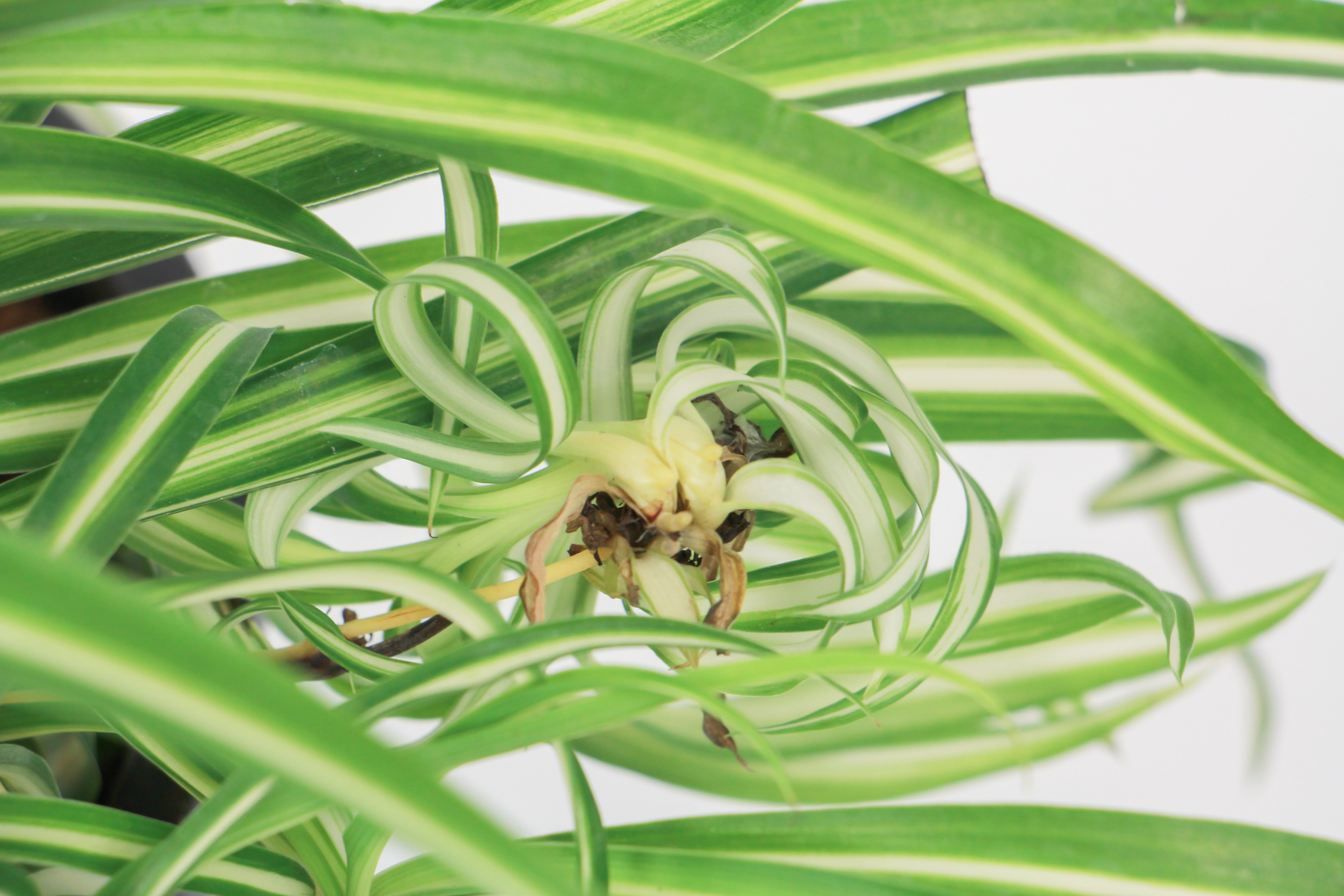
3. Wait for a period of time, you can grow new buds. If the length is vigorous, you can gradually see the light of Chlorophytum, such as slowly putting it from the living room to the balcony
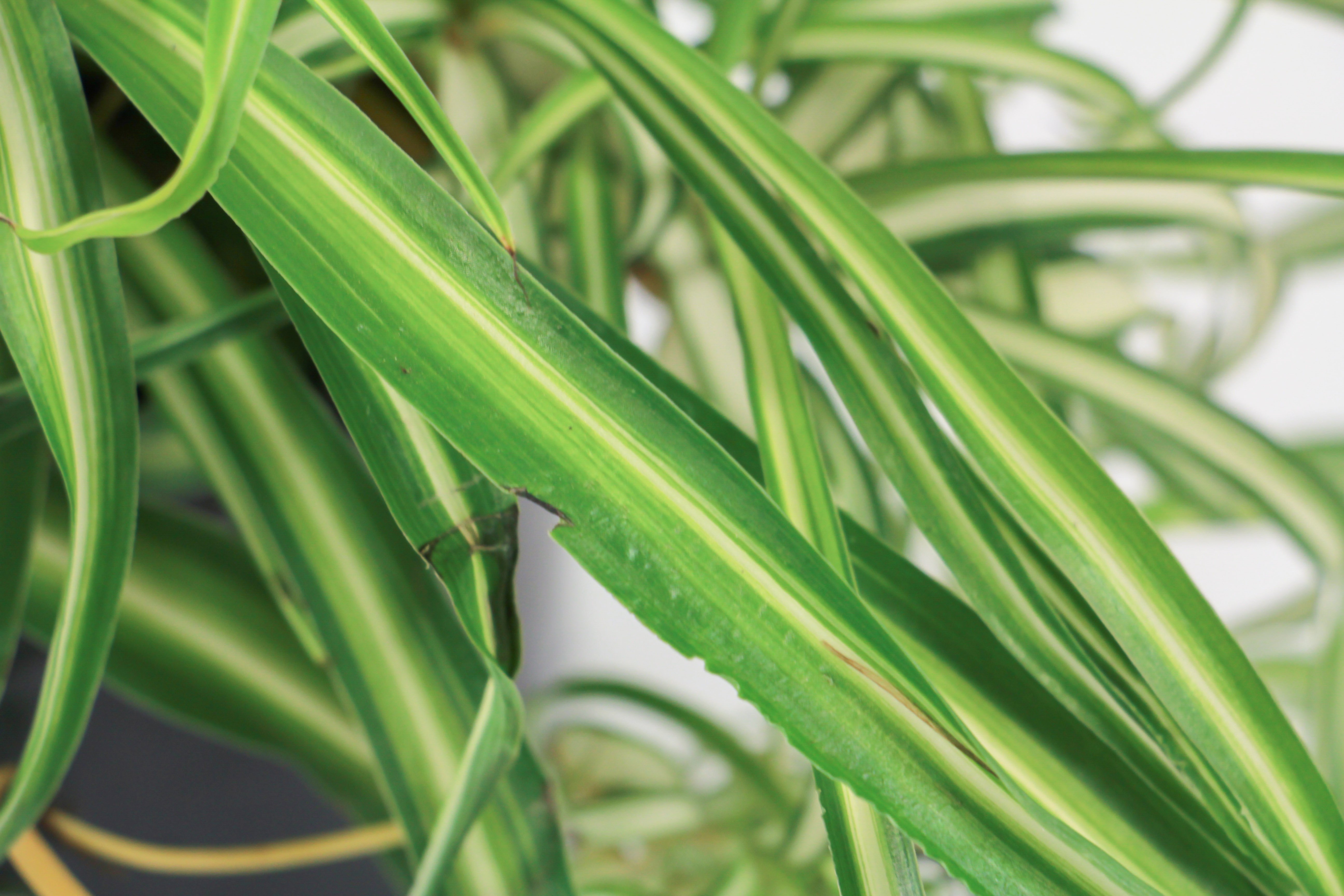
What if the gold and silver edges of Chlorophytum fade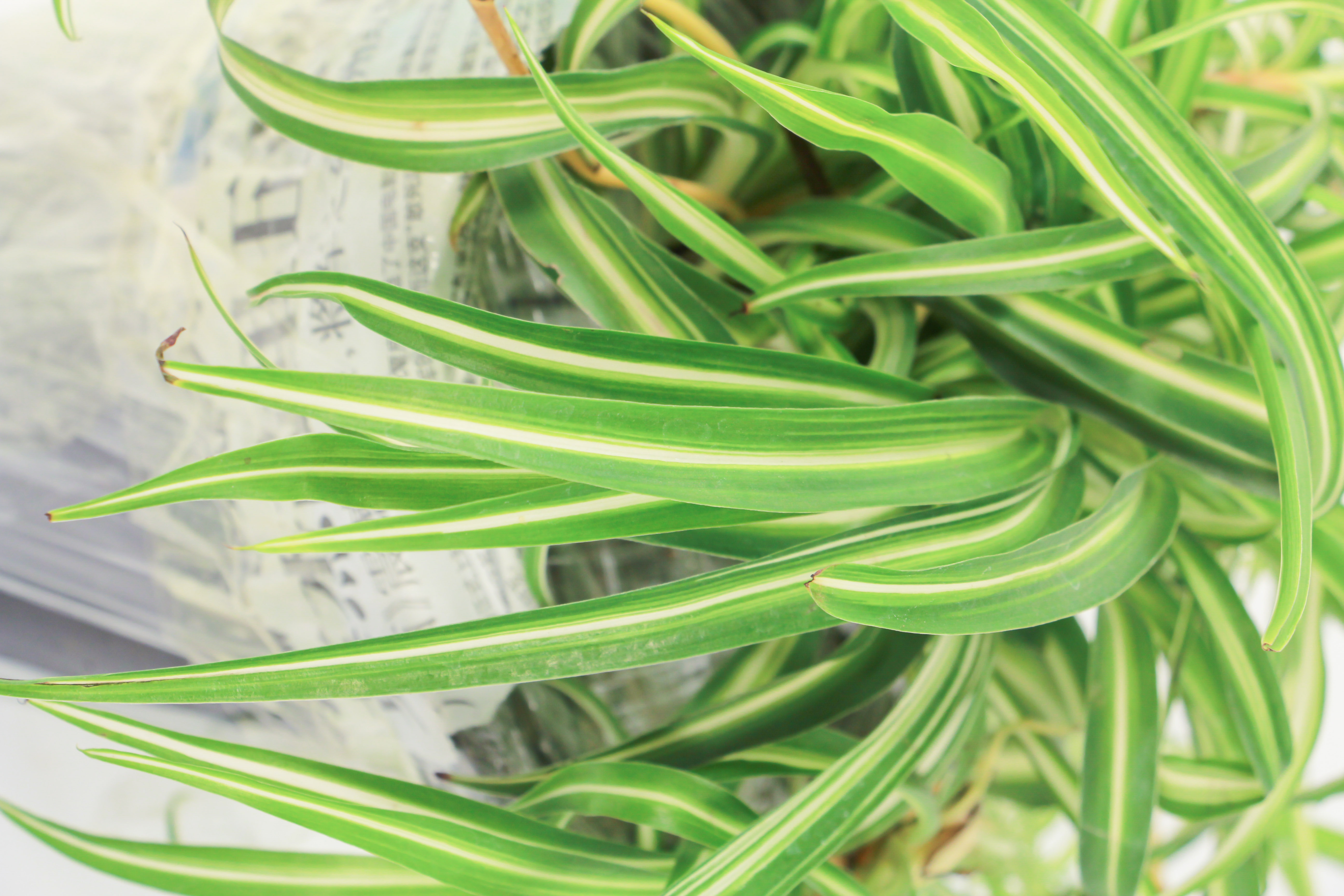
Reason:

Because there is too little light, Phnom Penh or silver edge Chlorophytum can not use photosynthesis to produce more nutrients, so the original Phnom Penh or silver edge will turn green, so as to increase the area of photosynthesis
Another reason is that too much nitrogen fertilizer in fertilizer will also cause yellow leaves of Chlorophytum
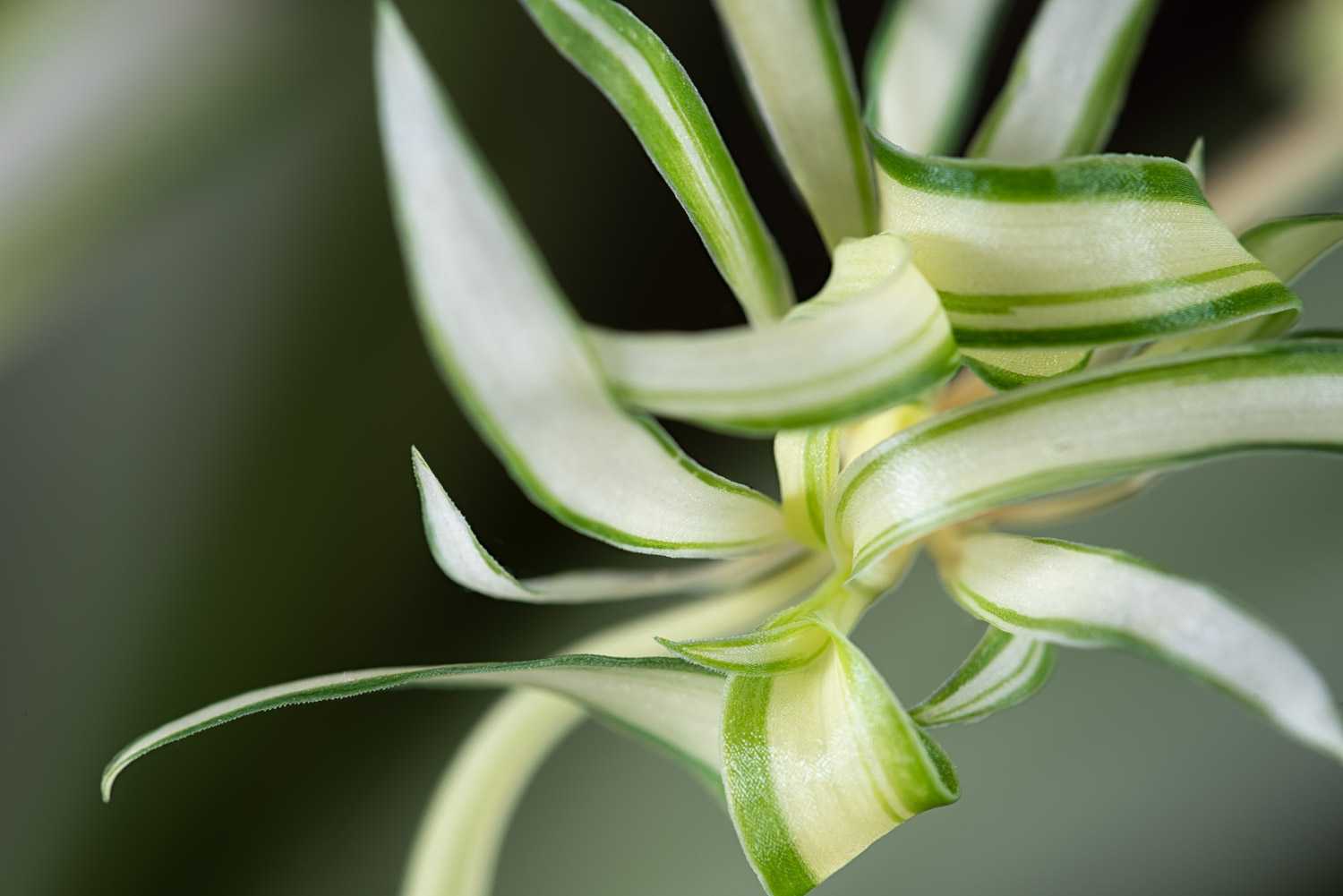
Solution:
1. You can let Chlorophytum bask in the sun for 1 ~ 2 hours in the morning or evening
2. When applying fertilizer, choose phosphorus and potassium fertilizer, such as fully decomposed rice washing water, fish intestines water, water for washing milk bottles, plant ash, etc
How does Chlorophytum grow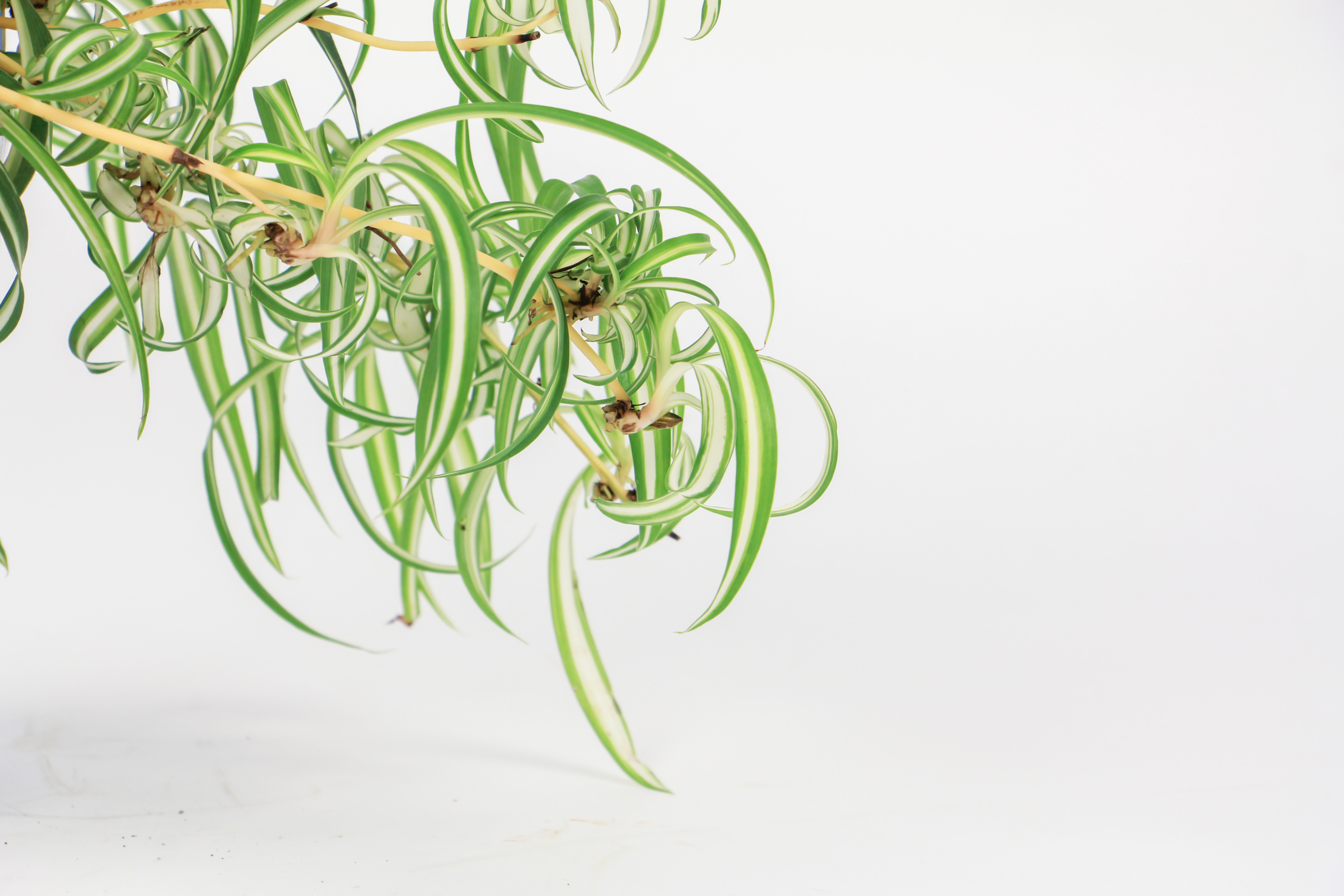
1. The root system did not grow well

After some small ramets have just been transplanted, the root system does not grow well, so the Chlorophytum will grow the root system first, so it looks like it does not grow. At this time, it should be put in a cool place to take root. When the root system grows well, the Chlorophytum will grow slowly~
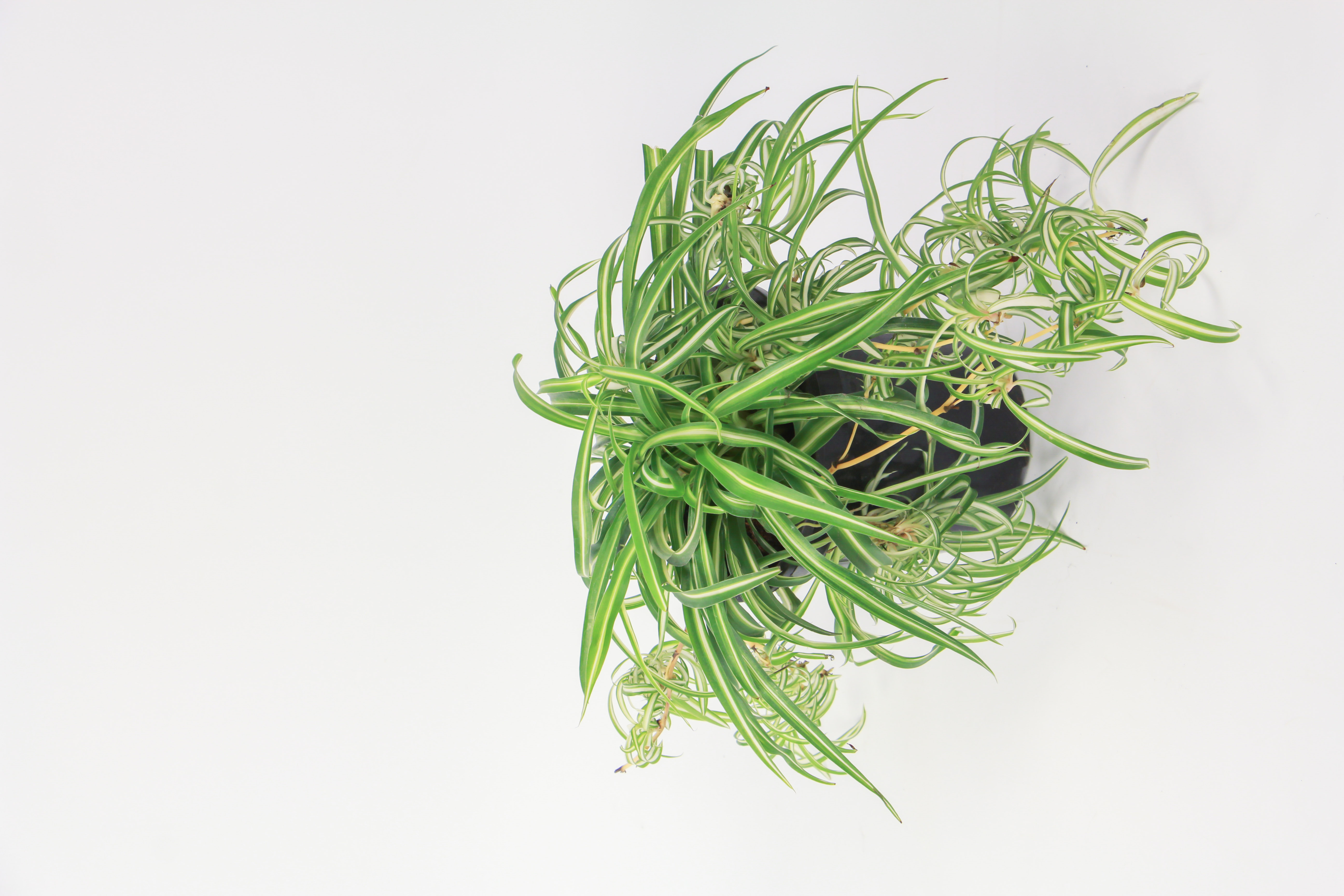
2. Apply fertilizer
Chlorophytum likes to be fat very much. If the fertility supplement is not enough, it is easy not to grow
Apply compound organic liquid fertilizer to Chlorophytum every 8-10 days. Note that Chlorophytum of golden heart, Phnom Penh and other lace varieties should apply less nitrogen fertilizer. Please refer to the above article for the distance
The fertilizer can be bought back, or you can choose the organic fertilizer retted by yourself, such as eggshell, bone meal and bean dregs. It needs to be fully fermented, and then poured with the supernatant

What if Chlorophytum has rotten roots
1. Remove the rotten Chlorophytum from the basin and clean up the soil at the root
2. Cut off all the rotten roots of Chlorophytum, leaving only white healthy roots. Then soak the wound in carbendazim solution for disinfection, and then dry it
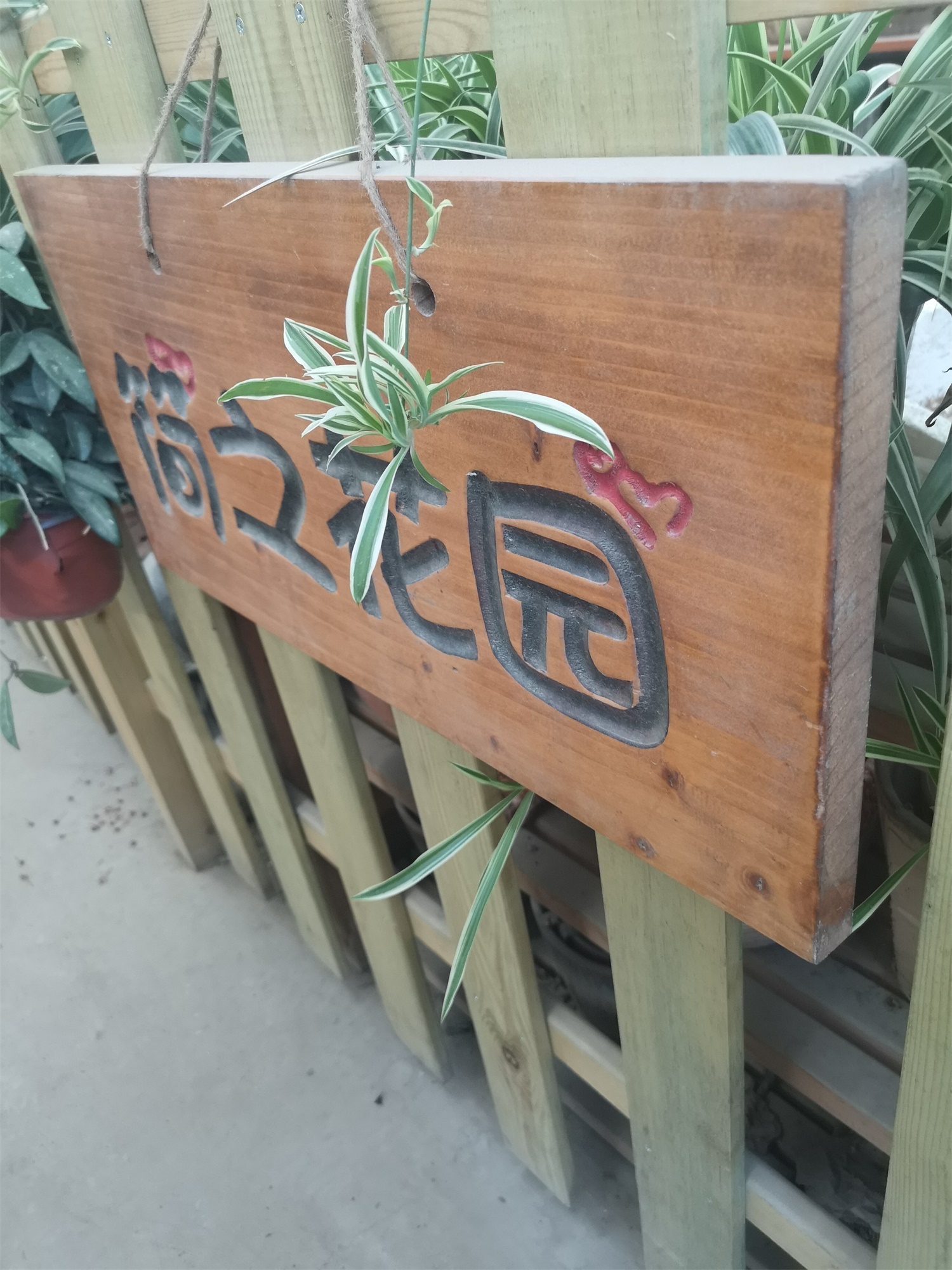
3. Just put the Chlorophytum in the basin again, and mix the humus soil and sand according to 5:1 or 5:2. However, it should be noted that before putting it in the basin, put a layer of ceramsite or broken tiles on the bottom of the flowerpot to avoid ponding
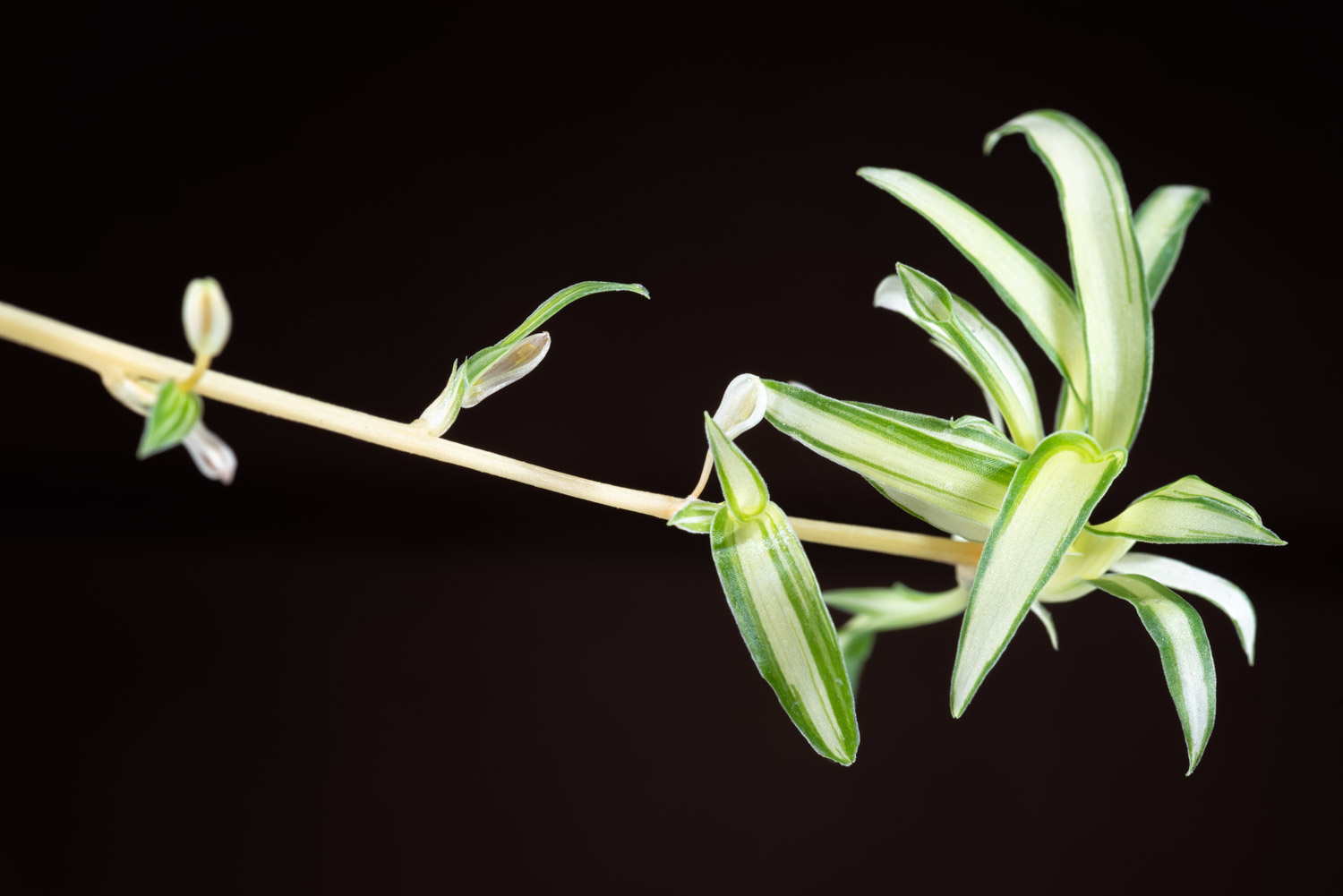
4. Of course, if all the roots of Chlorophytum are rotten, it's better to use the new Chlorophytum on the stolon to re root
5. Cut off the small buds on the stolon and immerse the root in water. The root can grow in about 10 days
6. When the root system grows stronger, it can be transplanted. If you don't want to transplant, direct hydroponics is also OK~
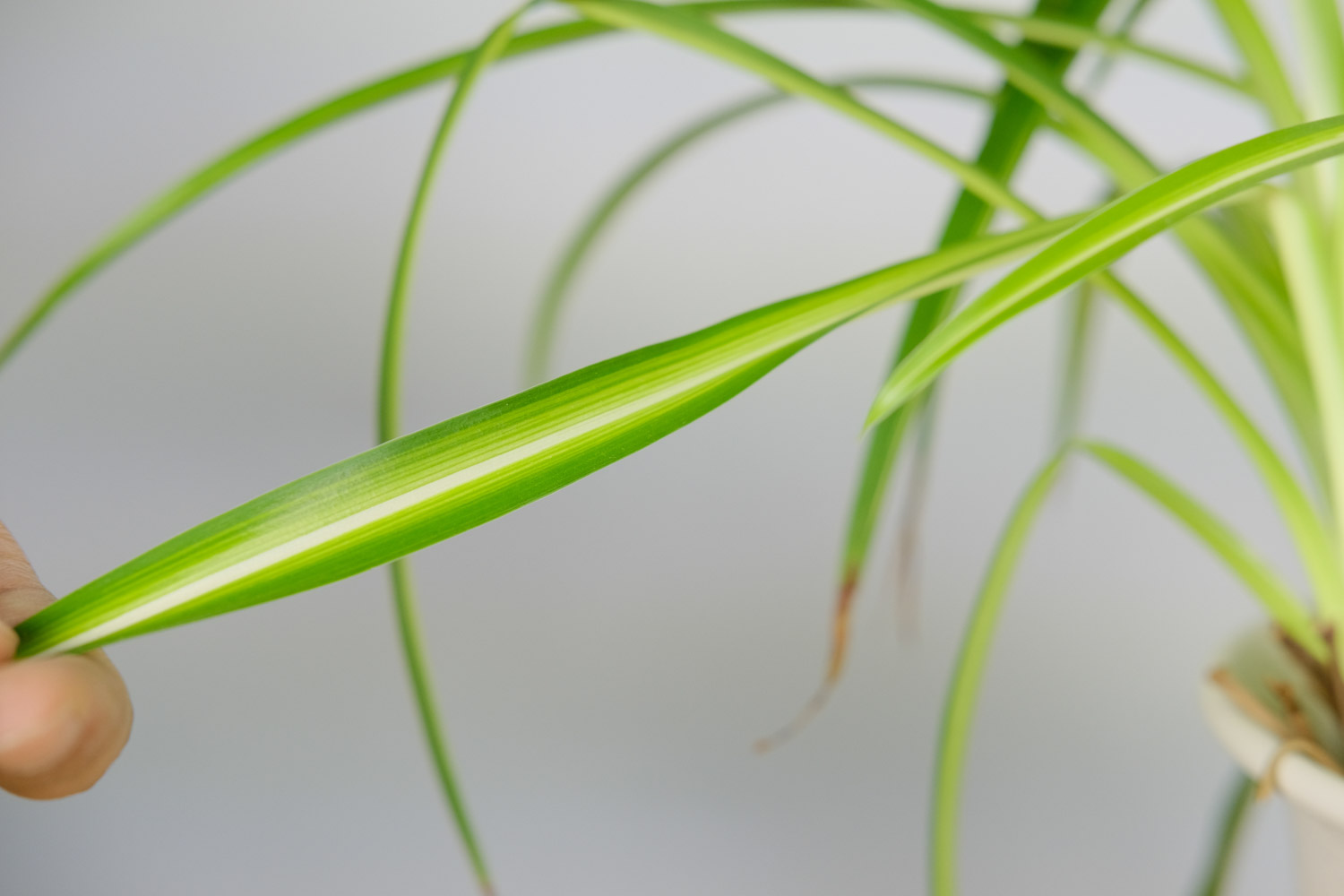

 how many times do yo...
how many times do yo... how many planted tre...
how many planted tre... how many pine trees ...
how many pine trees ... how many pecan trees...
how many pecan trees... how many plants comp...
how many plants comp... how many plants can ...
how many plants can ... how many plants and ...
how many plants and ... how many pepper plan...
how many pepper plan...



























